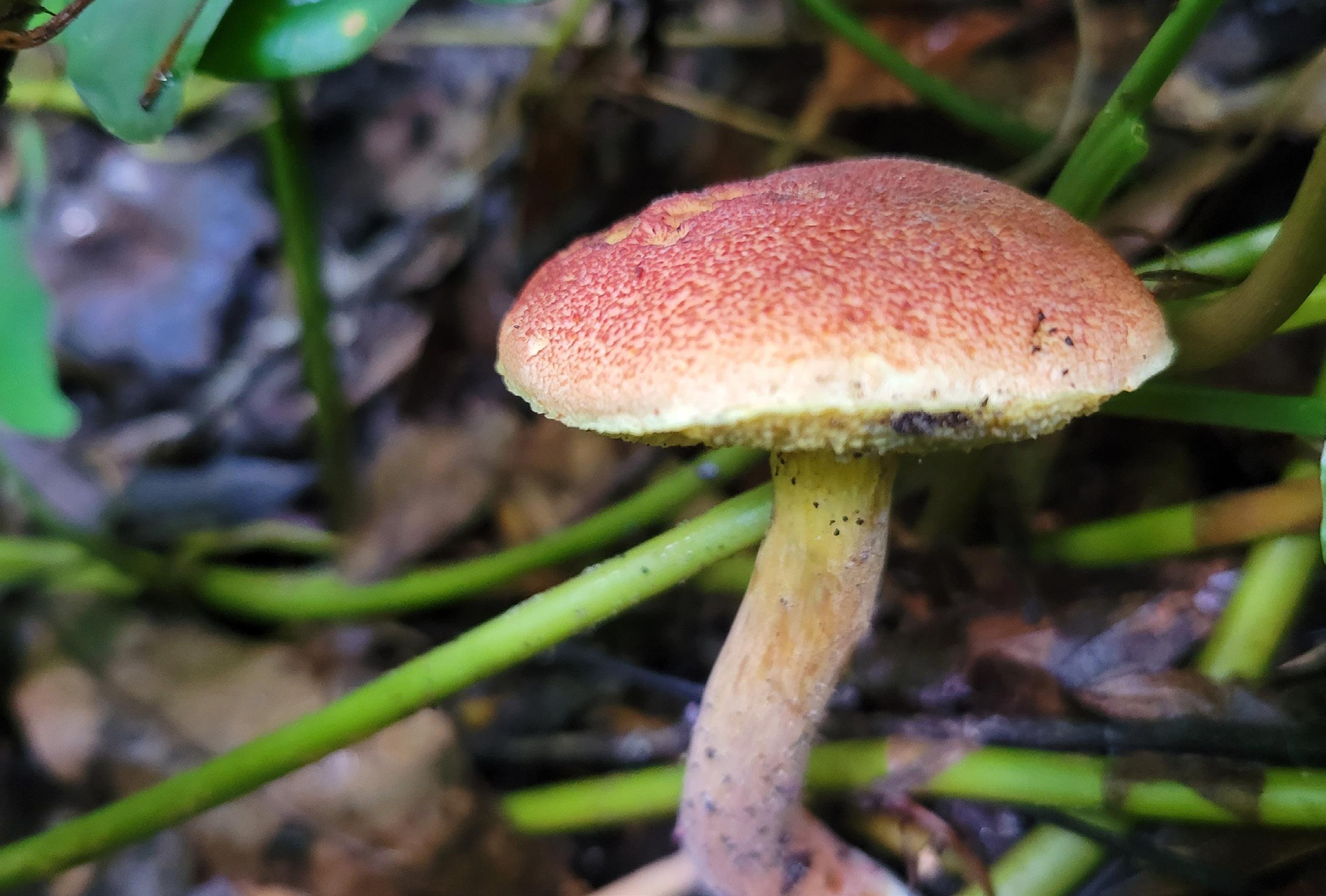
1 minute read
Wetland Wonders
By Meara Scanlan, Horticulture Technician I
When you picture the natural beauty of the Earth, what springs to mind is probably the dense canopies of a lush rain forest or the colorful coral of an oceanic reef. Your thoughts may not jump to waterlogged swamps and bogs, but wetlands are unique and invaluable ecosystems that play a vital role in our biosphere and are a haven for a vast array of fascinating wildlife.
Advertisement
Our wetlands are excellent at storing carbon, with some of the highest amounts of stored carbon found in wetland soil. The process of carbon sequestration refers to the achievement of capturing atmospheric carbon dioxide and storing it in organic material. By capturing excess atmospheric carbon, wetlands significantly alleviate the effects of climate change. Wetlands also protect us by acting as a natural water filter, with dense and lush vegetation capturing excess pollutants. The same vegetation is excellent at taking in excess water during extreme storms, serving as a flood buffer. Wetlands significantly reduce the danger of flooding in surrounding areas, which is especially beneficial here in Florida!
Wetlands are bursting with a wide array of fungal activity. When monitoring the health of a wetland, scientists often look at fungi for valuable insights on any environmental changes. A small fluctuation in water level or a slight change in nutrient density can wipe out an entire species of fungi and make way for a new one. Wetland fungi populations often partake in symbiotic relationships, weaving themselves closely throughout many organisms in the wetlands. The slightest indication of change in one organism could spread throughout a whole family of fungus, making them great aids in determining when conservation efforts need to be implemented. Unfortunately, wetlands are threatened by pollution and degradation for land development. Because wetlands are so excellent at storing carbon and filtering excess water, altering the natural hydrology of wetlands can result in soil degradation, water contamination and the release of excess carbon. This lost source of carbon stores worsens climate change. Sustainable land-use practices and reforestation programs are accessible options that are incredibly valuable to keep our wetlands doing what they do best.











